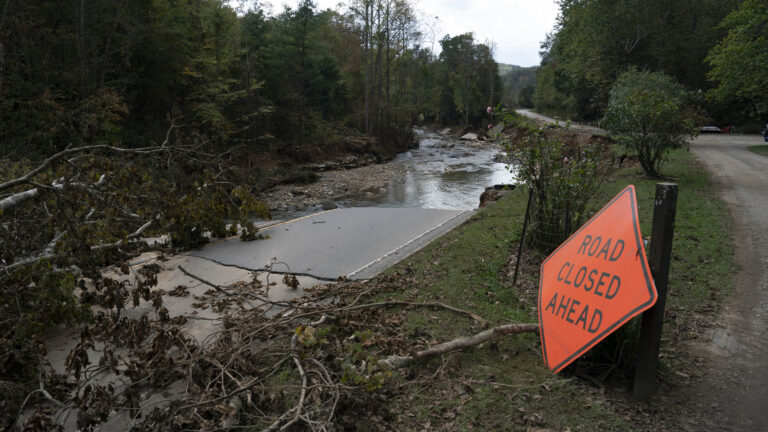One of the things I love most about working at Ars Technica is the lunchtime bike rides. My home in the northwest suburbs of Chicago lies two miles from the Des Plaines River Trail and about three miles from the North Branch Trail. When the weather cooperates, I'm generally furiously pedaling through the woods on my Trek Checkpoint ALR 5 gravel bike.
So when Trek offered me the chance to ride its top-of-the-line Domane+ SLR 9 AXS e-bike, I jumped at the opportunity. Yes, the weather can be dodgy during seasonal transitions, but I'd be facing the changing temps and gusting winds astride a carbon-frame gravel bike with carbon wheels… and a 50 Nm electric motor paired with a 360 Wh battery in the downtube.
But even as I picked up the Domane+ from a local bike shop, one question kept popping up. Why would I want to ride an electric road bike?
I ride for a number of reasons. I enjoy it, I like being out in nature, I like riding with friends, and it's fantastic exercise. The Domane+ would hopefully make the riding experience better, but I wouldn't be getting the full aerobic benefit from my rides with a motor doing some of the work. Electrified commuter bikes, cargo bikes, beach bikes, and even mountain bikes have built-in use cases. But for a guy who loves burning calories on a bicycle, the existence of this $13,000 e-bike is something of a head-scratcher.
The Domane+ SLR 9 AXS starts at $12,999. Along with the aforementioned Checkpoint, Domane is one of Trek's two gravel bike lines. There are subtle differences in geometry between the two, but the main difference is that the Checkpoint comes with 40mm tires, while the Domane has 32 mm standard.








 Loading comments...
Loading comments...
